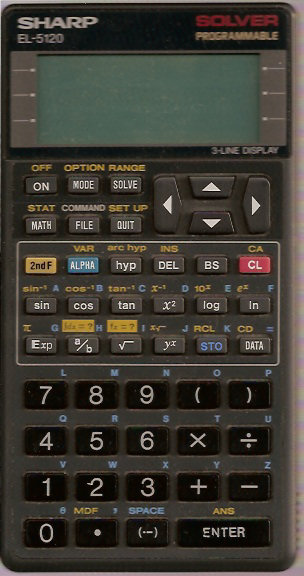Chi Squared Calculator
 Sometimes we do internal assessments that only give us nominal data. This can be the case when participants are asked to choose between two choices as part of the experiment or asked if they remember something or not - that is, a yes or no answer. For example, in Loftus and Zanni's study where the participants were asked if they remembered seeing broken glass or not.
Sometimes we do internal assessments that only give us nominal data. This can be the case when participants are asked to choose between two choices as part of the experiment or asked if they remember something or not - that is, a yes or no answer. For example, in Loftus and Zanni's study where the participants were asked if they remembered seeing broken glass or not.
Chi-squared is used with an independent samples design. Although Vassarstats has a calculator, I find the Chi-Squared Calculator to be a much easier program to use to do the calculations and determine the level of significance.
First, let me give you an example of an IA that was recently done by my own students. They wanted to replicate a study by Dan Ariely (2009) in which he wanted to find if a decoy affected one's decision-making. (see Predictably Irrational, pp 1 - 6 for more information on this study). Specifically, they gave participants the following choices.
- Internet-only subscription to Scientific American Mind for $59.
- Print only subscription to Scientific American Mind for $125.
- Print and internet subscription to Scientific American Mind for $125.
Group A was only given choices 1 and 3. Group B was given the decoy in the middle. The aim was to see if the presence of the decoy would affect the number of participants who would choose the more expensive option.
So, the results would be a number of how many would choose the internet subscription only and how many would choose the Print and Internet subscription.
To find out if the data is significant, we use the chi-squared. Let's see how it works.
Please go to the calculator. Let's say that they had the following results.
| Group A | Group B (with decoy) | |
| Internet-only | 17 | 11 |
| Print & Internet | 12 | 24 |
Enter the data into the grid on the calculator page. So, for group 1, condition 1, enter 17. Condition 2, enter 12. For group 2, condition 1, enter 11; for condition 2 enter 24. Press calculate.
You now have a chi-squared value of 4.765. You will also see the p-value. In this case, you can see that the data is significant at p < 0.029. In other words, there is less than a 3 percent chance that the data is due only to chance. The null hypothesis can be rejected.

 IB Docs (2) Team
IB Docs (2) Team
